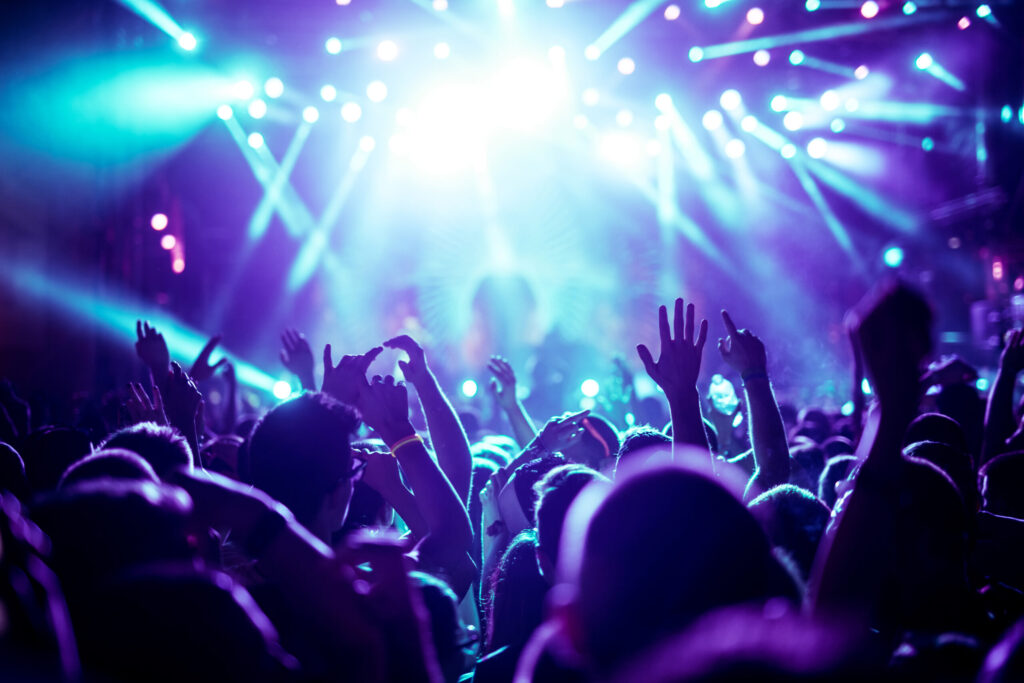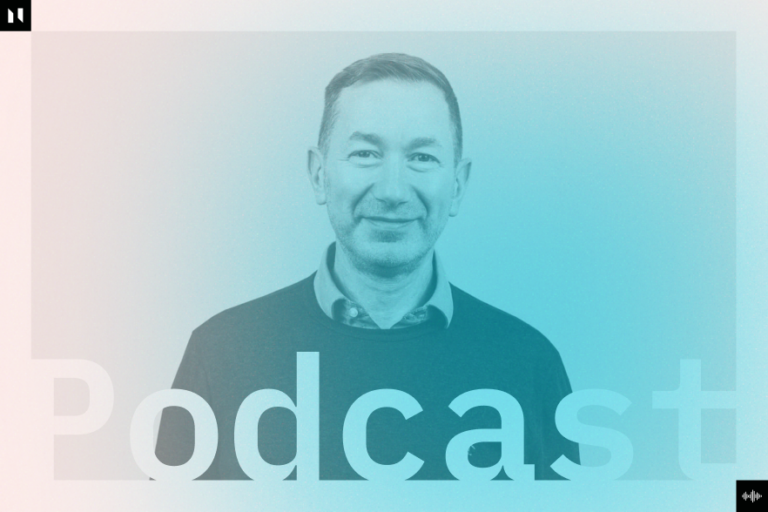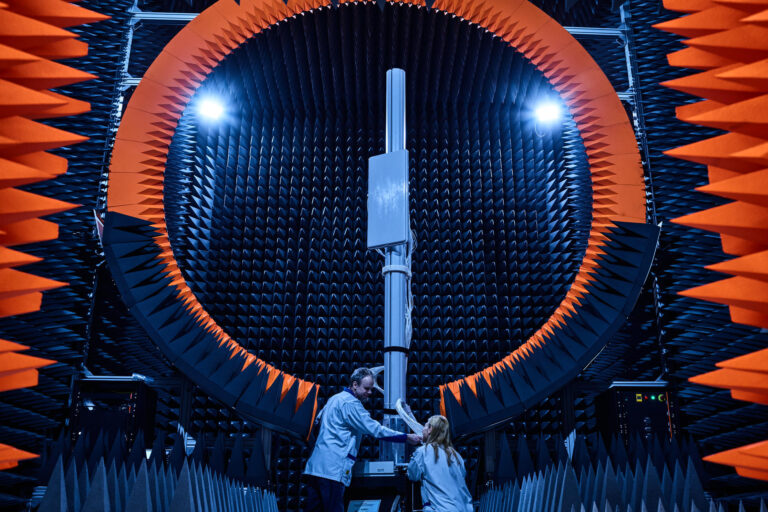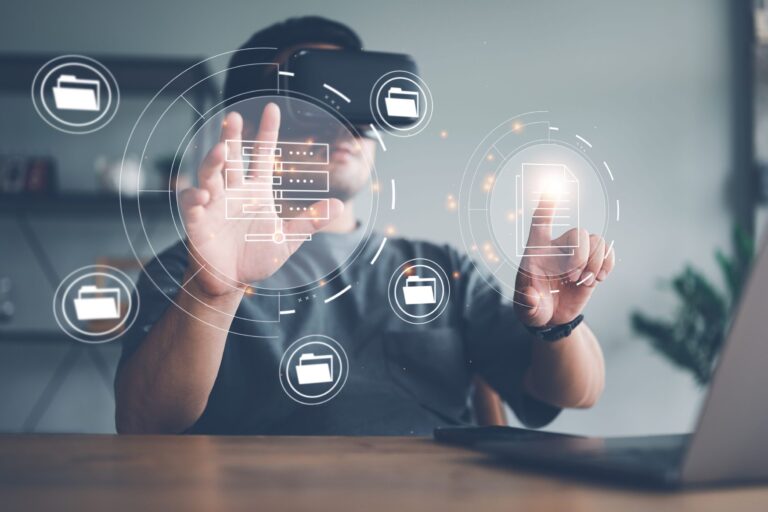
British summertime has well and truly arrived.
For many this means Pimm’s, strawberries and cream, rain showers and summer festivals. The mother of all music festivals, Glastonbury, kicks off next week with a star-studded, 50th birthday extravaganza that ended up being delayed two years in a row due to COVID-19.
The pandemic certainly brought several important questions for events organisers to the fore; how can I make events safe and secure for attendees? Can I deliver my entire event, or elements of it, remotely in a way that still retains an electric atmosphere for attendees? How can I futureproof against these challenges to avoid colossal loss of interest in my event – and therefore, income?
Bands, but no bandwidth
COVID underscored, delivering virtual or hybrid event experiences is not without its challenges. We all know technical issues can mar any event; who could forget the ‘virtual’ Glastonbury festival last year where thousands of viewers found themselves unable to access the feed?
This year, Glastonbury’s technology partner EE predicts a 93% increase in data usage onsite – equivalent to 8 billion Instagram posts. But for festivalgoers, sharing their experiences direct from a field in Somerset can be anywhere between tricky and downright impossible; with tens of thousands uploading selfies or posting updates on TikTok, bandwidth is an ongoing issue as mobile networks become increasingly congested.
Whether virtual or in person, strong connectivity is key. It provides a ‘golden thread’ for other technologies that can transform audience experiences and unlock invaluable new revenue streams – and potentially entirely new business models – for organisers. The festivals of the future will have a range of advanced digital technologies at their disposal, bolstered by a superfast and super secure 5G connection, which promises to play a major role in how events are curated, delivered and experienced.
Here are just three ways
1. Multi-venue festivals
With its ability to transmit with low latency (delay), and ultra-high bandwidth, 5G connectivity is enabling art and music to cross geographical borders like never before, even across different venues.
Digital Catapult put this to the test in our 5G Festival showcase this year; a world-first performance which took place over three different iconic venues: Metropolis Studios, the O2 Blueroom at the O2 and Brighton Dome, with audiences split across the latter two locations.
The core 5G infrastructure was based on Digital Catapult’s 5G testbeds in Brighton and London, linked with Virgin Media O2’s public 5G network.
Think about a major festival like Glastonbury where large distances between stages mean you may miss part of a set when your favourite artists overlap – this kind of capability, i.e. being able to watch experiential livestreams of a performance from the other side of the event – whether in a tent, or on your device – could be really powerful.
Whether virtual or in person, strong connectivity is key
2. Artists collaborating from across the globe
Over the past 10 years – from holograms of Michael Jackson, to the recent ‘ABBA Voyage’ tour, where the band members appear on a massive, 65 million pixel screen – we’ve seen the rise of live music events where the artist is not actually present.
However, due to connectivity lags and delays it’s been extremely difficult for ‘live’ artists (i.e.in the room) to collaborate with another artist based elsewhere. Now, there has been a step change in the music sector – exacerbated by the pandemic – towards creating innovative
platforms for musicians, producers and artists to write, rehearse and perform in a synchronous way, in spite of where they are based in the world. Again, 5G connectivity is slowly but surely making this possible.
The future of music festivals could see a vocalist, guitarist and drummer on stage at Glastonbury, while a bassist connects from a studio in London or LA; thanks to powerful connectivity, they will be able to stay in perfect time, while the audio quality and accompanying visual stream will be sharp and powerful.
This was again put to the test at the 5G Festival, where artists like Newton Faulkner and Lola Young performed. Musicians were split, with singers, drums and a guitarist on stage at the Brighton Dome, a percussionist, bass player and singer at Metropolis Studios, and a string quartet and guitar at the O2 Blueroom.
It is thought this type of ability will allow the music industry to tap into a broader spectrum of global artists, while reaping the environmental benefits of not having to transport artists and heavy kit to-and-fro for rehearsals and performances.
3. Mind-blowing immersive experiences
Many would challenge the authenticity of artists collaborating from different locations or watching a livestream. Surely you completely lose the buzz of an event, right?
Not necessarily. Digital Catapult has been exploring how immersive technologies like virtual and augmented reality can be seamlessly combined to produce novel experiences for performers and audiences alike. While many elements of the “metaverse” remain very
future-gazing, others are fast-developing in the music industry – we’ve already seen world famous artists – from Ariana Grande, to Justin Bieber – capitalise on the potential of virtual performances. In the not-so-distant future, virtual reality headsets that place remote attendees directly in the audience, or within touching distance of their favourite artists, could be the norm.
Further-evolved multimedia Broadcast and Multicast service (FeMBMS) technology – otherwise known as ‘5G Broadcast’ – is an efficient solution with low environmental impact that could be used for third party venues. Audiences at home will be able to watch combined live feeds in real-time from collaborating artists using any device, for a rich, immersive, live music experience without the need for travel. This could be extremely beneficial for those who may have accessibility issues, can’t afford an in-person experience, or who can’t make the journey for another reason.
The same immersive experiences apply to the artists themselves. During our 5G Festival, artists collaborating remotely were able to see others based in other venues using augmented reality glasses allowing them to play off of the same visual cues they would get from being on stage in real life.
To make these experiences as authentic as possible, we are also seeing the rise of ‘spatial’ audio delivery or “3D sound”, rather than stereo. More than surround sound, spatial audio means audiences can hear sound in a way that reflects the layout of a remote band and is
more akin to the way that we naturally hear noise, rather than delivered through speakers or headphones, i.e. the drummer on the right would sound if it were coming from the right hand side, so on and so forth, improving the authenticity of the experience.
Digital festivals
Festivals across the UK are becoming increasingly competitive; the pandemic has changed audience expectations and remaining lucrative is tough. As festival goers crave new and exciting experiences, events must find new ways to stay relevant, and advanced technologies will provide immense new ways to do that – from ‘stay at home’ immersive packages as an alternative to an in-person ticket, to the ability to reach a greater talent pool overseas.
Who knows? Maybe next year you could be donning a headset at your favourite festival.
For more information about the 5G Festival, click here.

Kostas Katsaros is a Senior 5G Technologist at Digital Catapult. Using the expertise developed in part during his time as a research fellow at the University of Surrey’s 5G Innovation Centre, he provides oversight and guidance for specific 5G system architecture and subsystem implementations.


